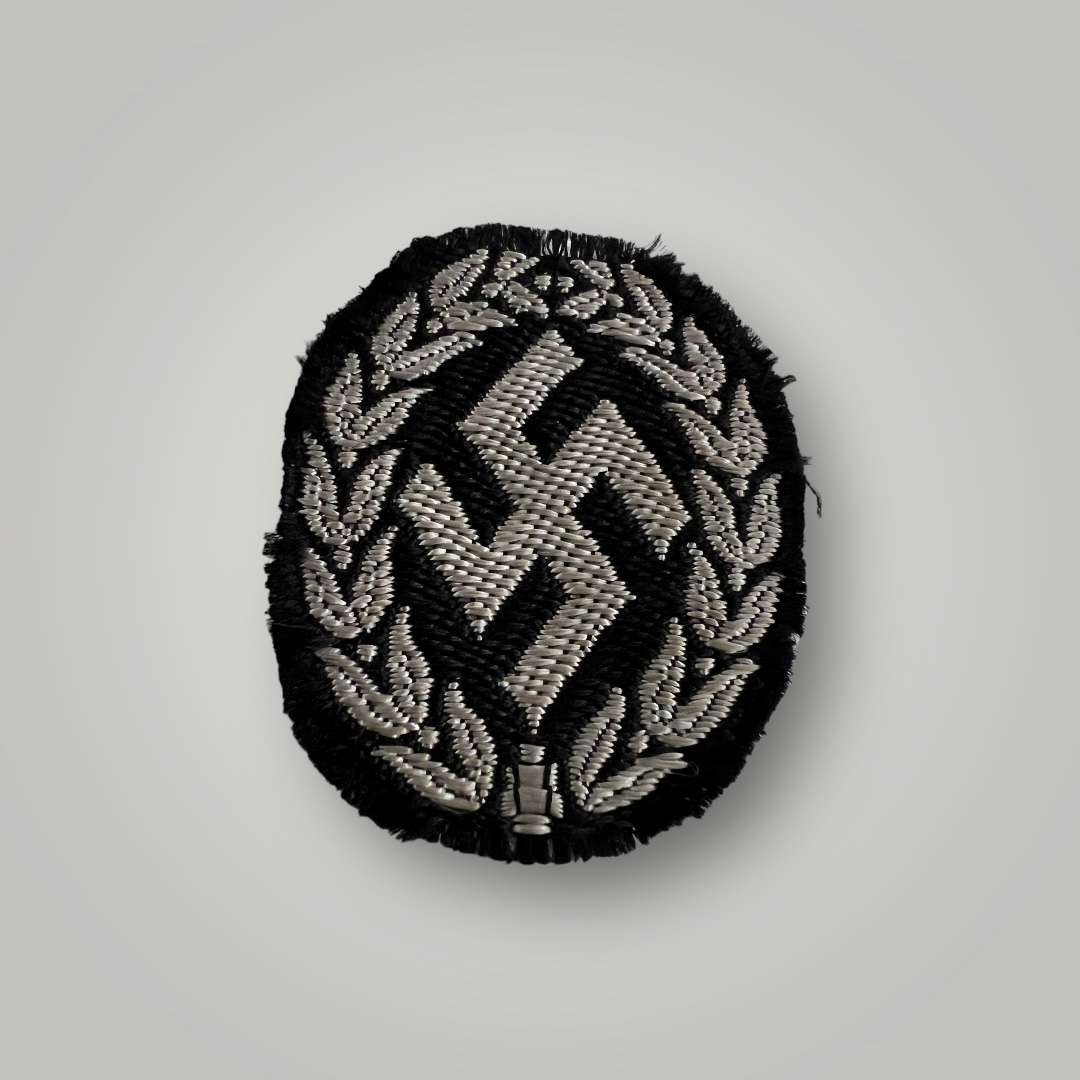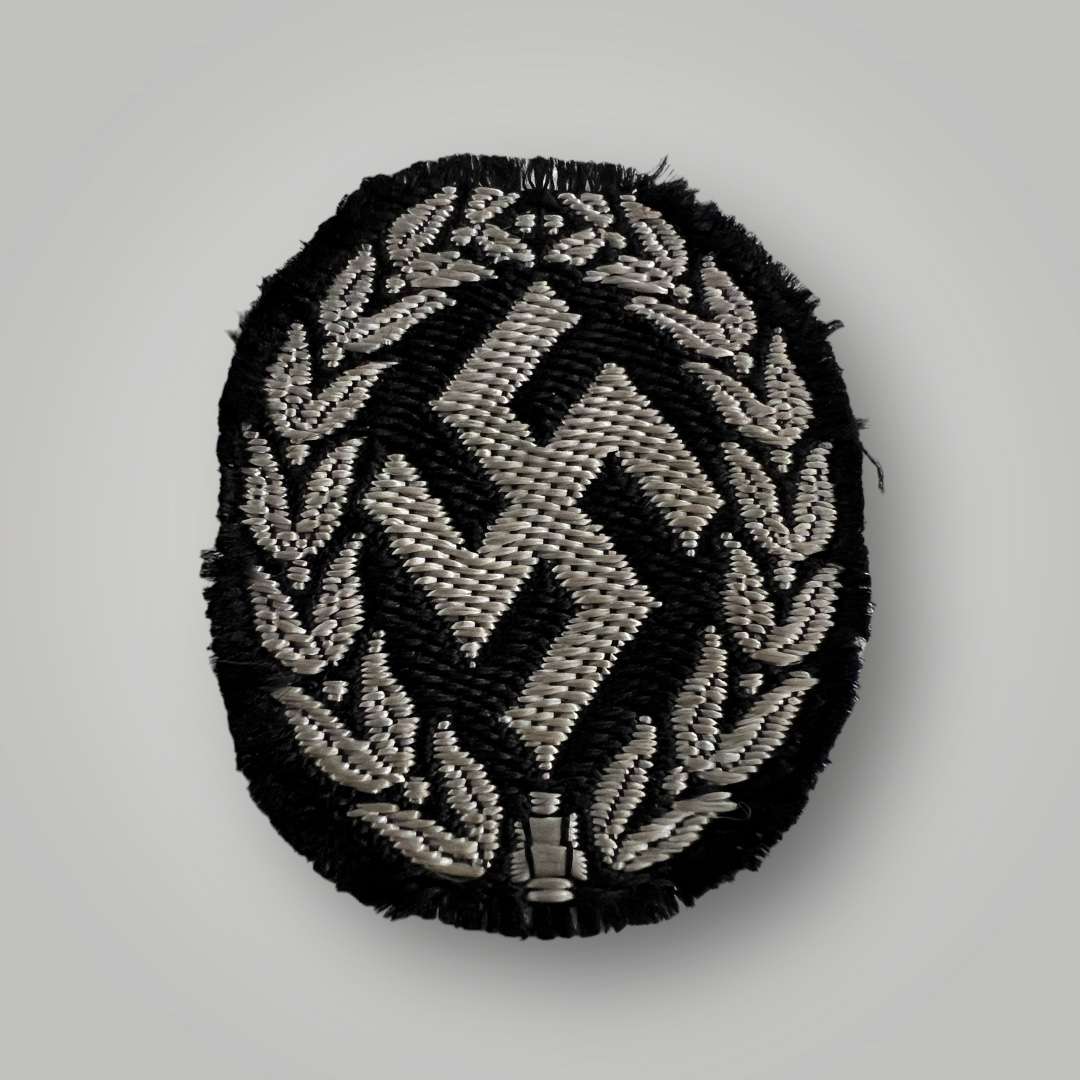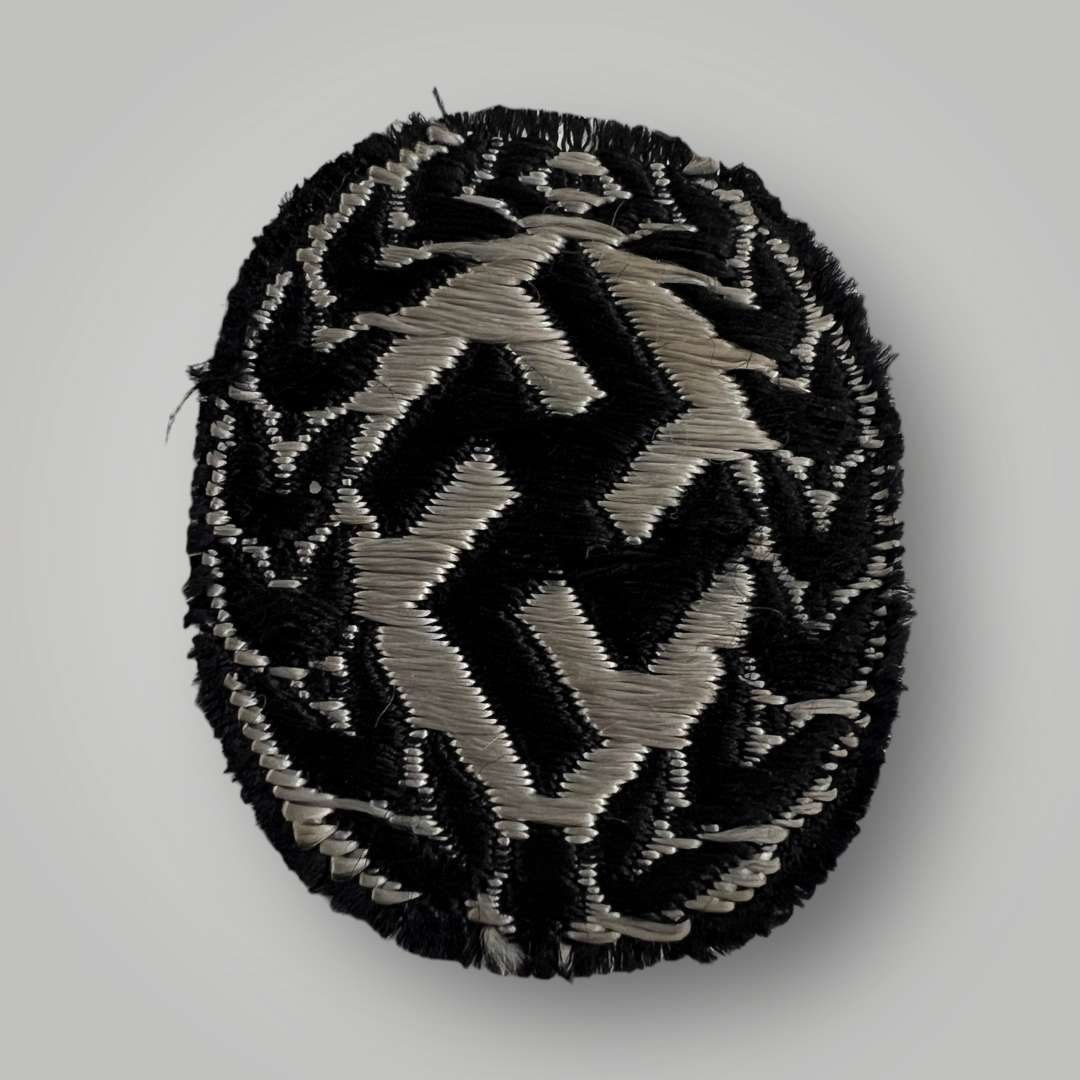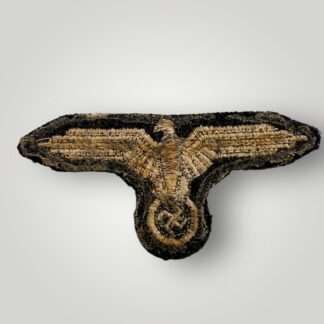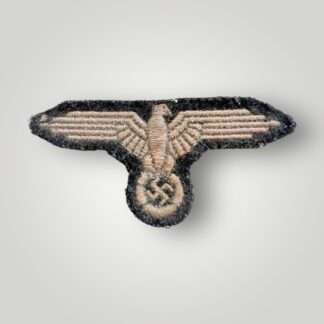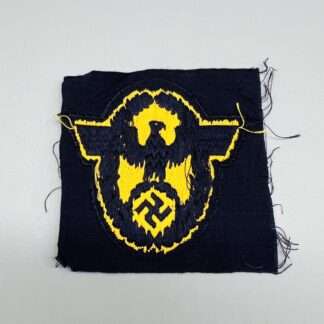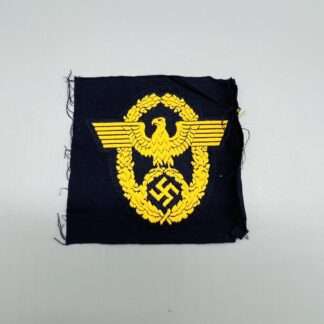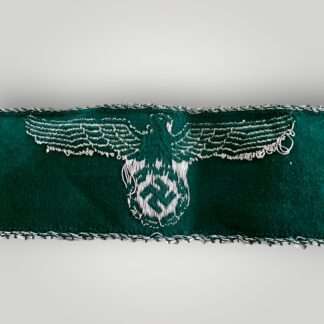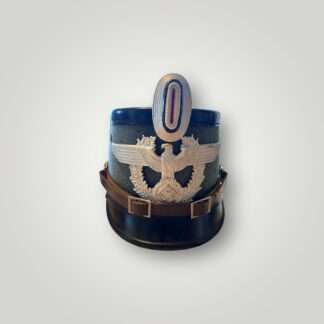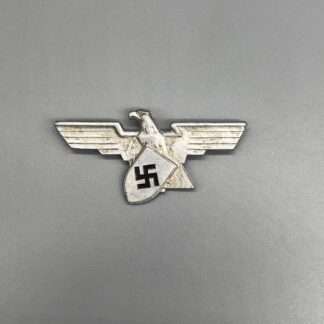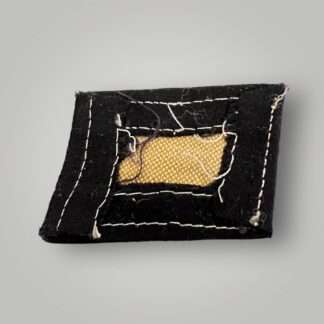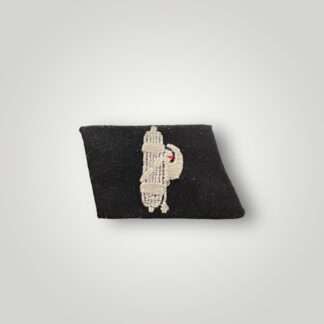Description
Schutzmannschaft Brief History
The Schutzmannschaft, also known as Auxiliary Police or “protective teams,” were local police units in areas of the Soviet Union and the Baltic states occupied by Nazi Germany during World War II. Heinrich Himmler, the head of the SS, established the Schutzmannschaft on July 25, 1941, under the authority of the Order Police (Ordnungspolizei; Orpo). By the end of 1941, approximately 45,000 men served in Schutzmannschaft units, with about half of them in battalions. Throughout 1942, the Schutzmannschaften expanded to an estimated 300,000 men, with battalions constituting about a third, or less than half, of the local force. Local police greatly outnumbered German personnel in most areas, with a ratio of about 1 German to 10 natives.
The primary role of the auxiliary police battalions (Schutzmannschaft-Bataillonen) was to maintain security in occupied territories, particularly by suppressing anti-Nazi resistance. Many of these battalions were involved in the Holocaust, resulting in thousands of Jewish deaths. Typically, the battalions were voluntary units and were not directly engaged in combat. Around 200 battalions were formed, including approximately 21 Estonian, 47 Latvian, 26 Lithuanian, 11 Belarusian, 8 Tatar, and 71 Ukrainian Schuma battalions. Each battalion had an authorized strength of about 500, though actual sizes varied. It’s important not to confuse these units with native German Order Police battalions (SS-Polizei-Bataillone), which were formed between 1939 and 1945 and also participated in the Holocaust.


